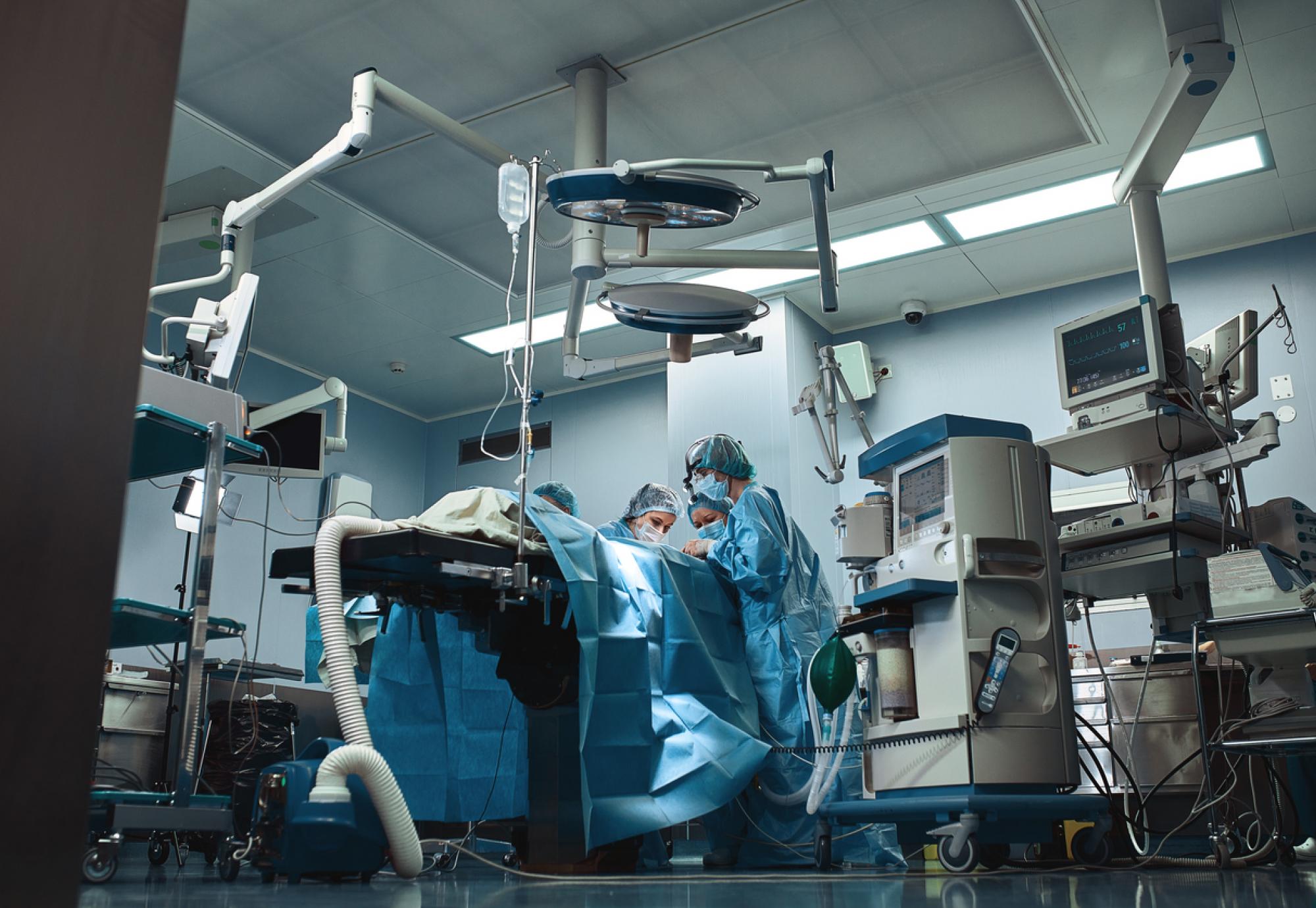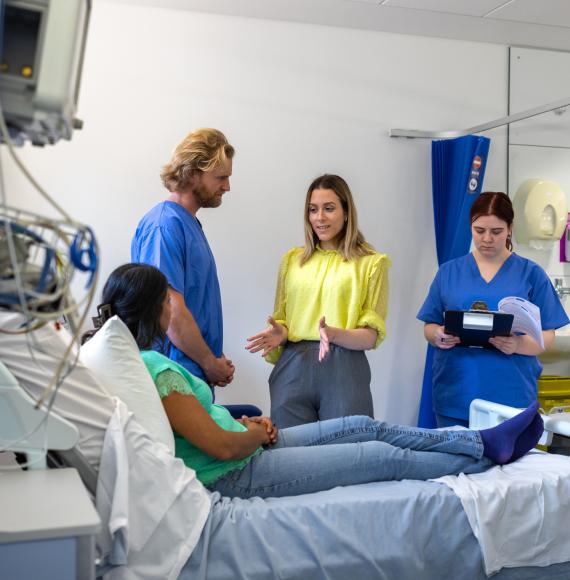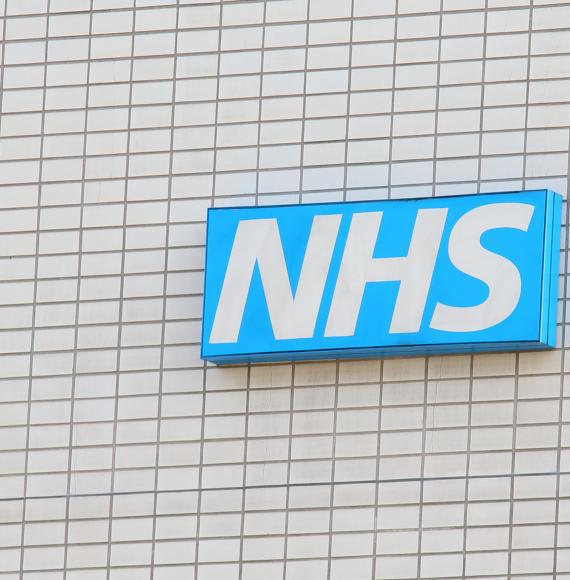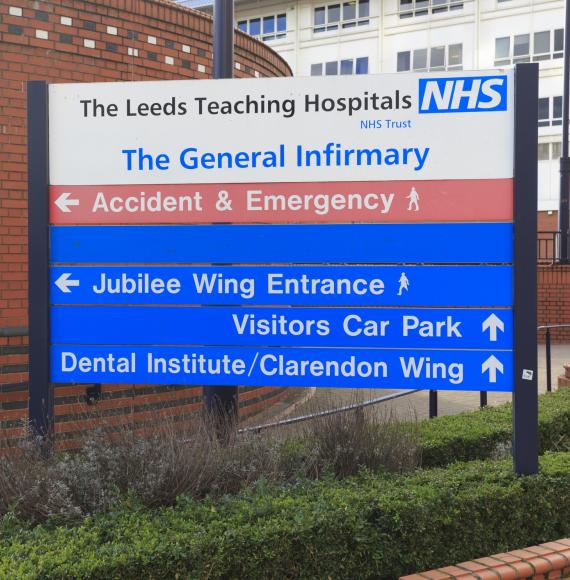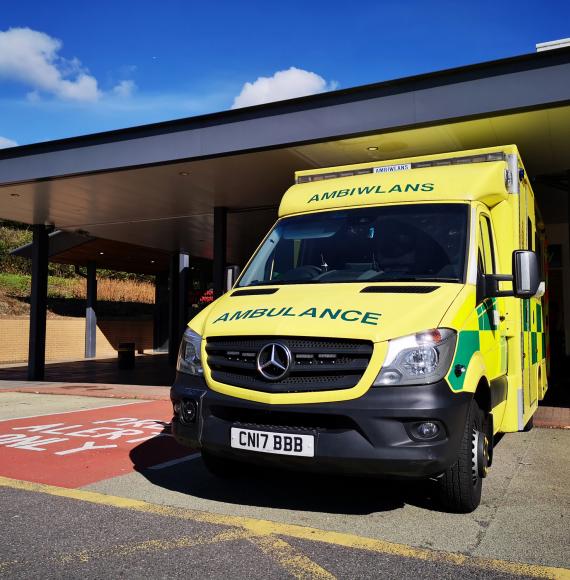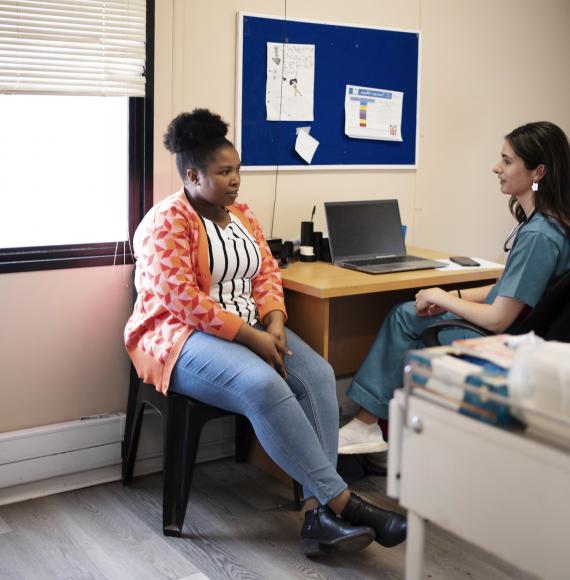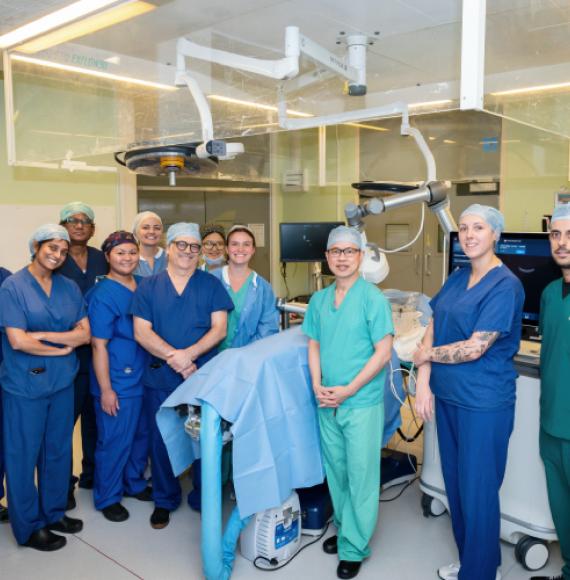The road to net zero is set for a boost in Scotland as the NHS launches a new sustainability initiative.
The National Green Theatres Programme is aiming to reduce some of the unnecessary carbon emitted during surgery while not infringing on quality of care.
Some of the first steps to be taken under the scheme include:
- Removing anaesthetic gases from the supply chain;
- Cutting out single-use instruments;
- Implementing waste segregation;
- Switching from pre-operative intravenous to oral paracetamol.
The Scottish Government believe the initial round of actions will help its health service cut out around 7,100 tonnes of carbon dioxide, which is the same as 4,400 return flights from Glasgow to New York.
CfSD clinical lead for the National Green Theatres Programme, Dr Kenneth Barker, said: “Our patients always comes first but it’s great that we are now making clinically safe patient care decisions with sustainability in mind.
“Theatres are high carbon and energy intensive areas that produce high volumes of waste, so reducing their environmental impact will make a positive difference toward achieving Scotland's net zero targets.
“We are working with our National Green Theatres Specialty Delivery Group and national partners to support Boards to implement these actions and are developing a Green Map to monitor progress.”
Brilliant! A grassroots initiative from climate aware clinicians at Raigmore that will make a big impact nationally.
— Maree Todd (@MareeToddMSP) May 26, 2023
It’s saving money, better for patients & staff, more efficient & green. What a win 🎉
Well done @NHSHighland - I love it when the Highlands leads the way! https://t.co/76XmSVuIkJ
The national roll out follows a successful pilot in NHS Highland.
The Scottish minister for social care, mental wellbeing and sport, Maree Todd, visited one of the green theatres at Highland and added: “The roll out of the Green Theatres Programme is a very positive step in the right direction to making our NHS net zero by 2040.
“Our incredible NHS staff have worked tirelessly to develop a model that not only puts patients and their safety first, but will reduce our environmental impact.”

